Atreyu
Atreyu is a design research project to explore toolkits that facilitate interactive prototyping for designers. Atreyu is a modular system for prototyping interactions by sketching code without programming. No programming skill is required to create hardware interactions.
Atreyu is designed as a modular grid of inputs and outputs in which designers can establish their own interactions. The black wire temporarily connects two IO modules (white) to establish a relationship between them. After the wire is removed, the master module (red) remembers the relationship between the input and outputs. Black modules are passive, and only transmit signal and power.
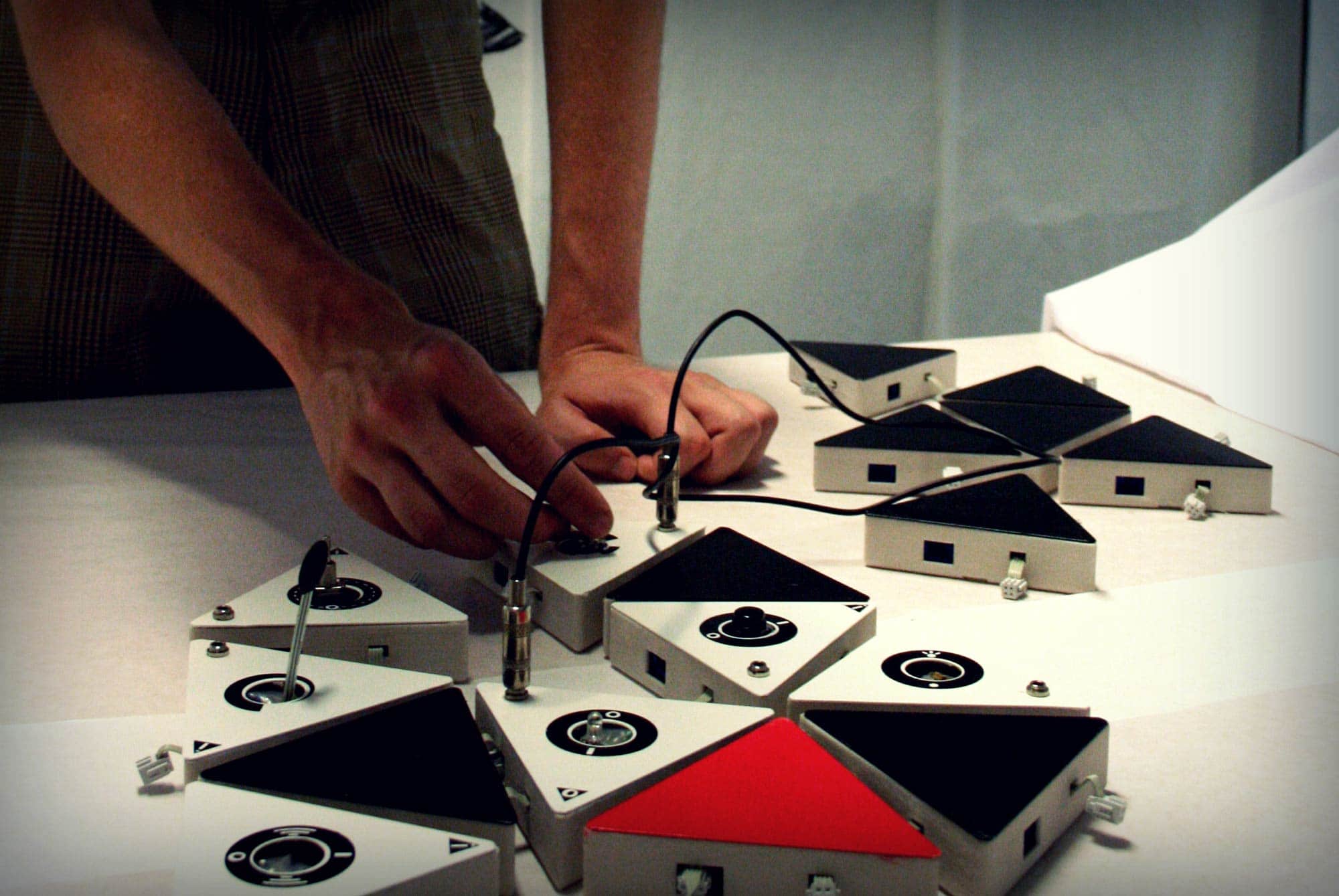
The research focused on creating structures and how to establish interactivity within the system. A grid of up to 30 modules could be connected with each other, allowing designers to build interactive structures. By connecting different IO modules, designers can experiment with different behaviors without writing code.
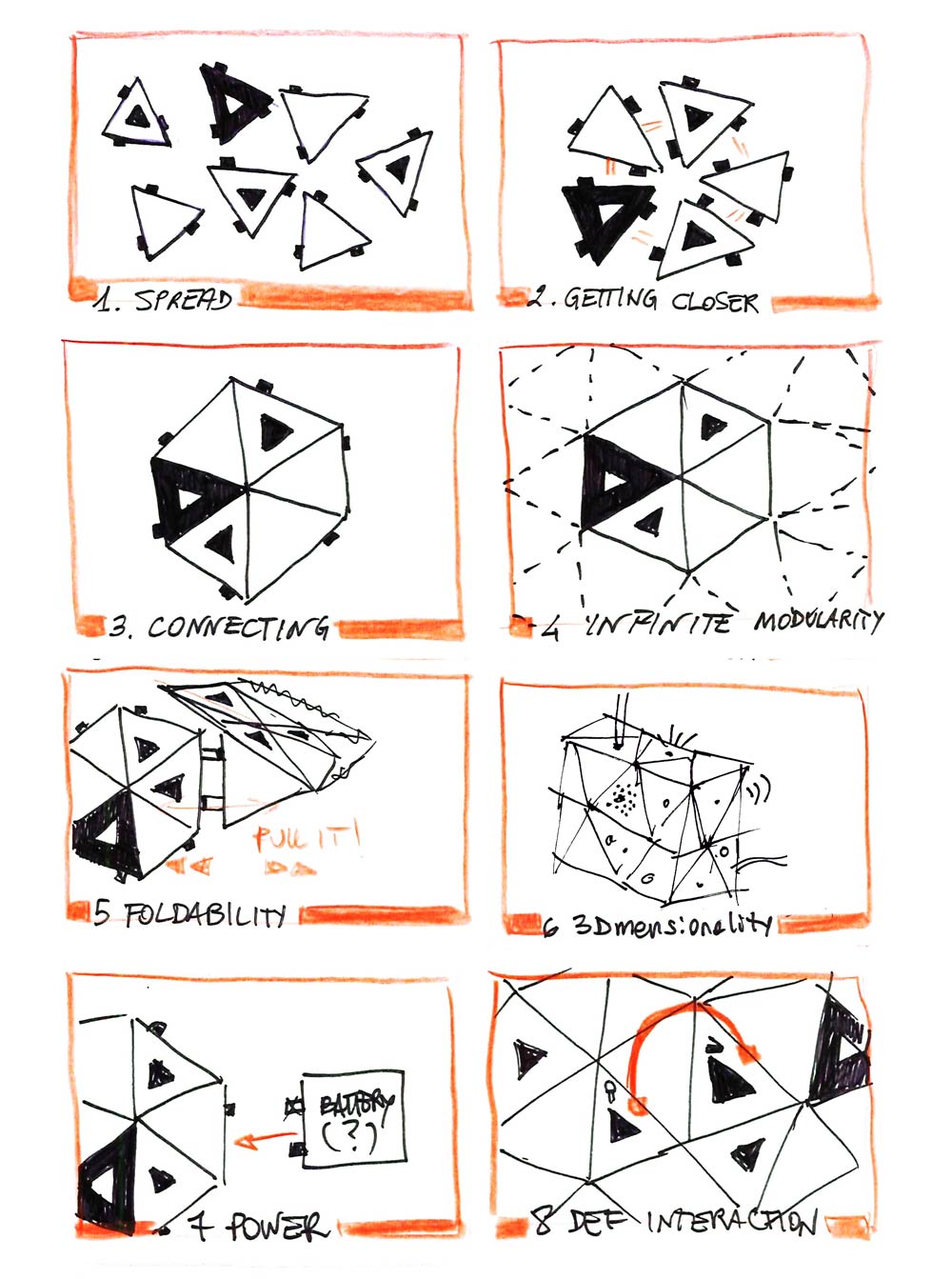
One of the initial sketches of Atreyu
Atreyu was iteratively designed through 5 iterations. Each iteration refined the concept, gradually shifting from proof-of-concepts that demonstrated the technical principle, to an aesthetically refined toolkit ready to be used by designers.
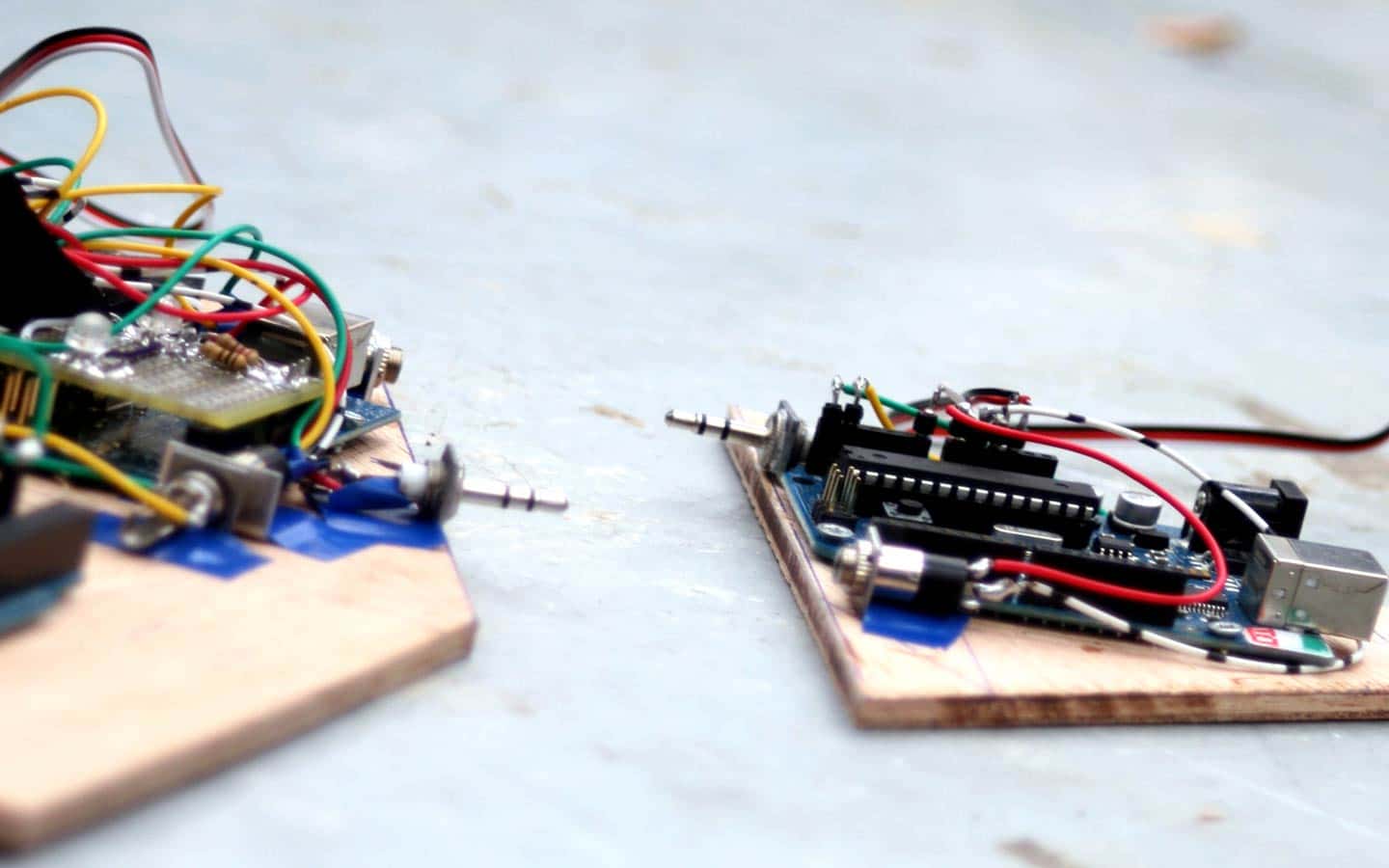
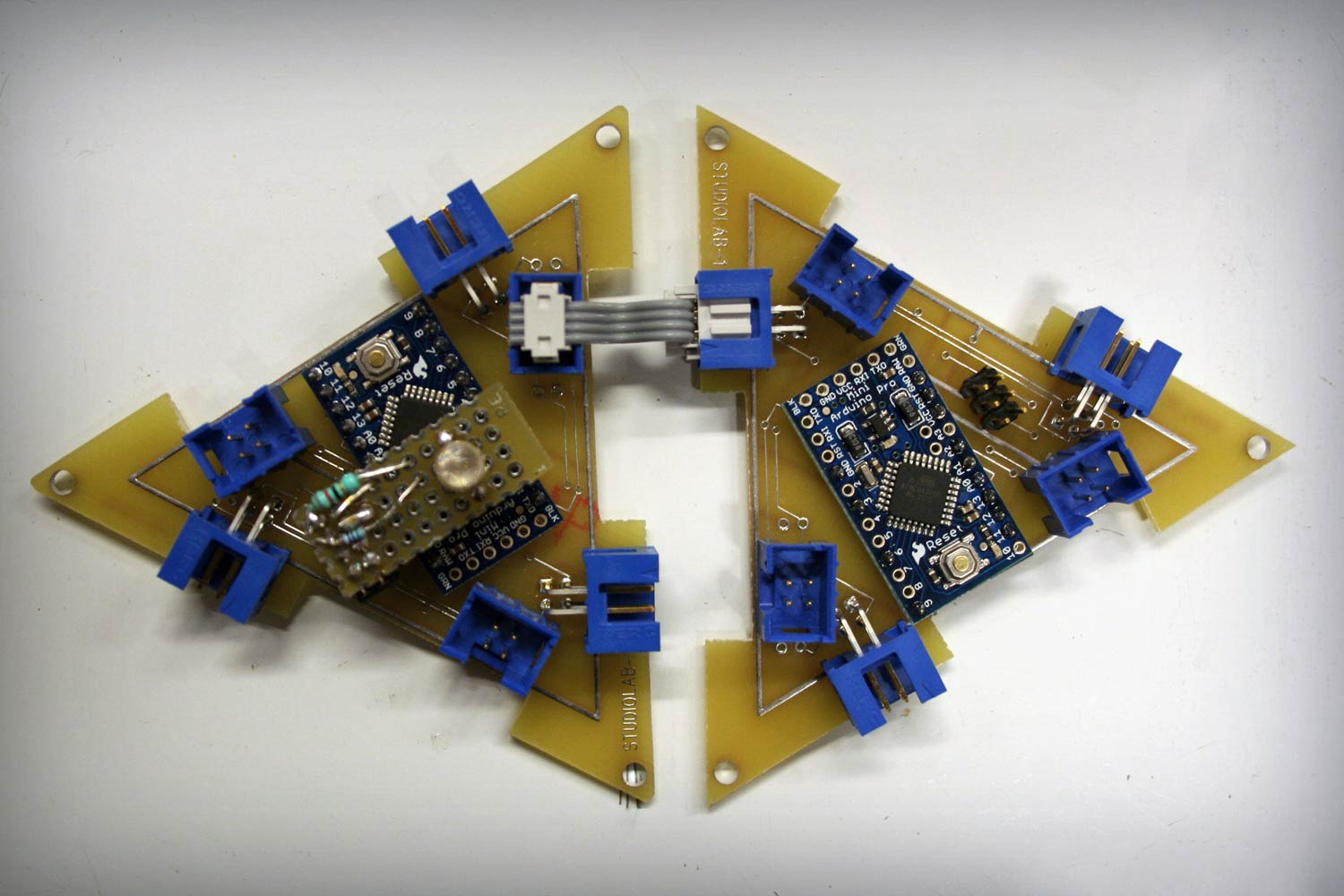
Custom domain specific icons, designed for Atrias
In the final iteration, 3D-printed embodiments for the printed circuitboards were designed. This helped each module to be robust and self-contained. Additionally, each IO module had their own graphic design to indicate how to use them (buttons, knobs, sensors, logic).
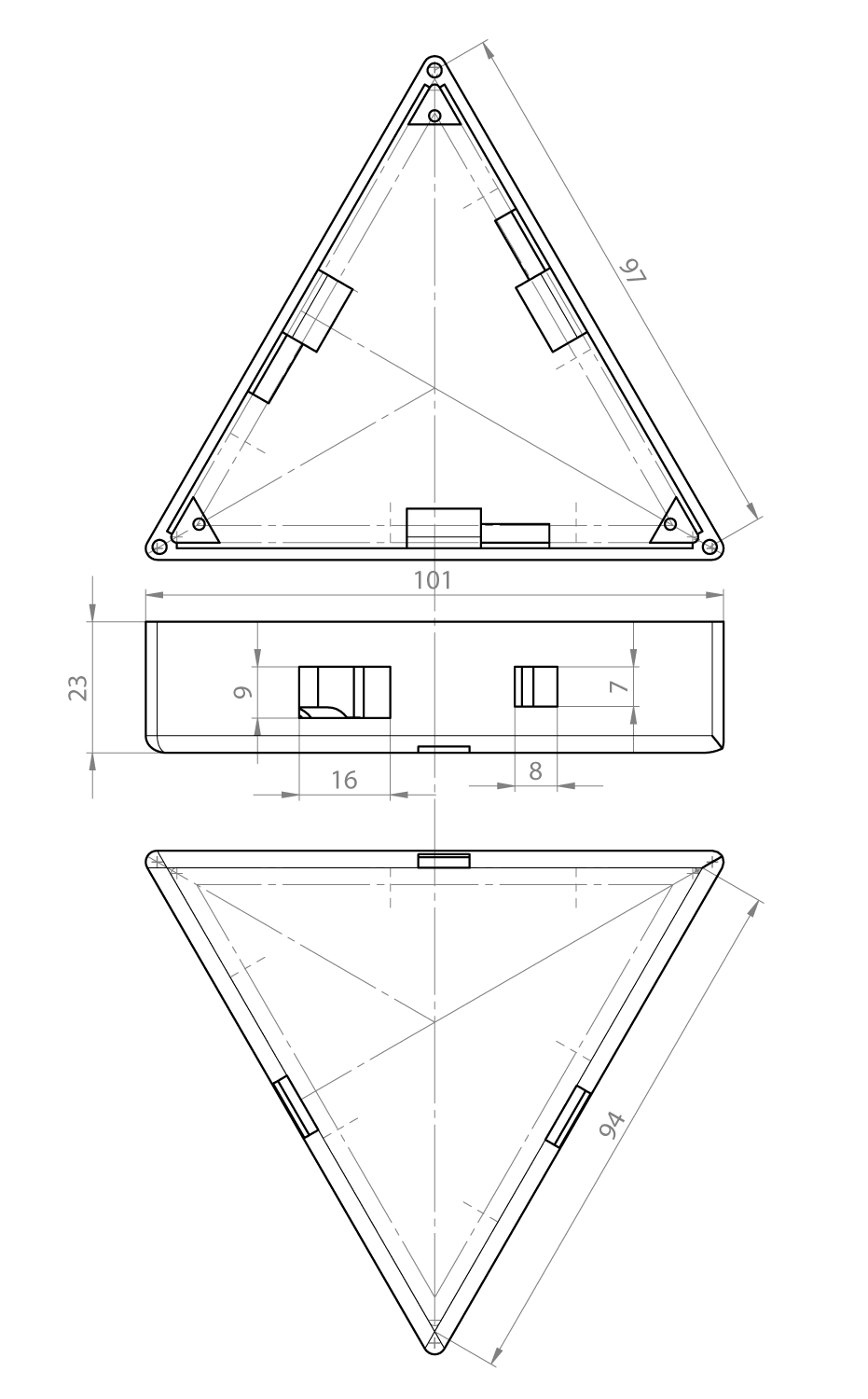
Component examples in Figma that also have a React counterpart
At the final exhibition, Atreyu was demonstrated. The design was robust enough to be used, reused, and to create interactive structures. The system can be used to quickly sketch in hardware, allowing designers to demonstrate their idea in reality.
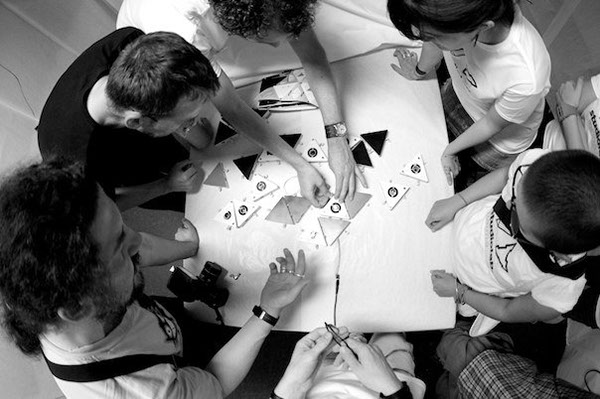
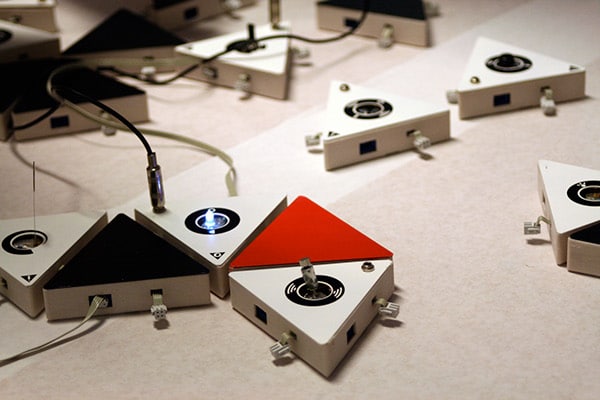
Atreyu was published at TEI 2011. Even though the system had its limitations (large form-factor, difficult connectors, only simple logic relations), it demonstrated that sketching in hardware has great potential in the (interactive) design process.
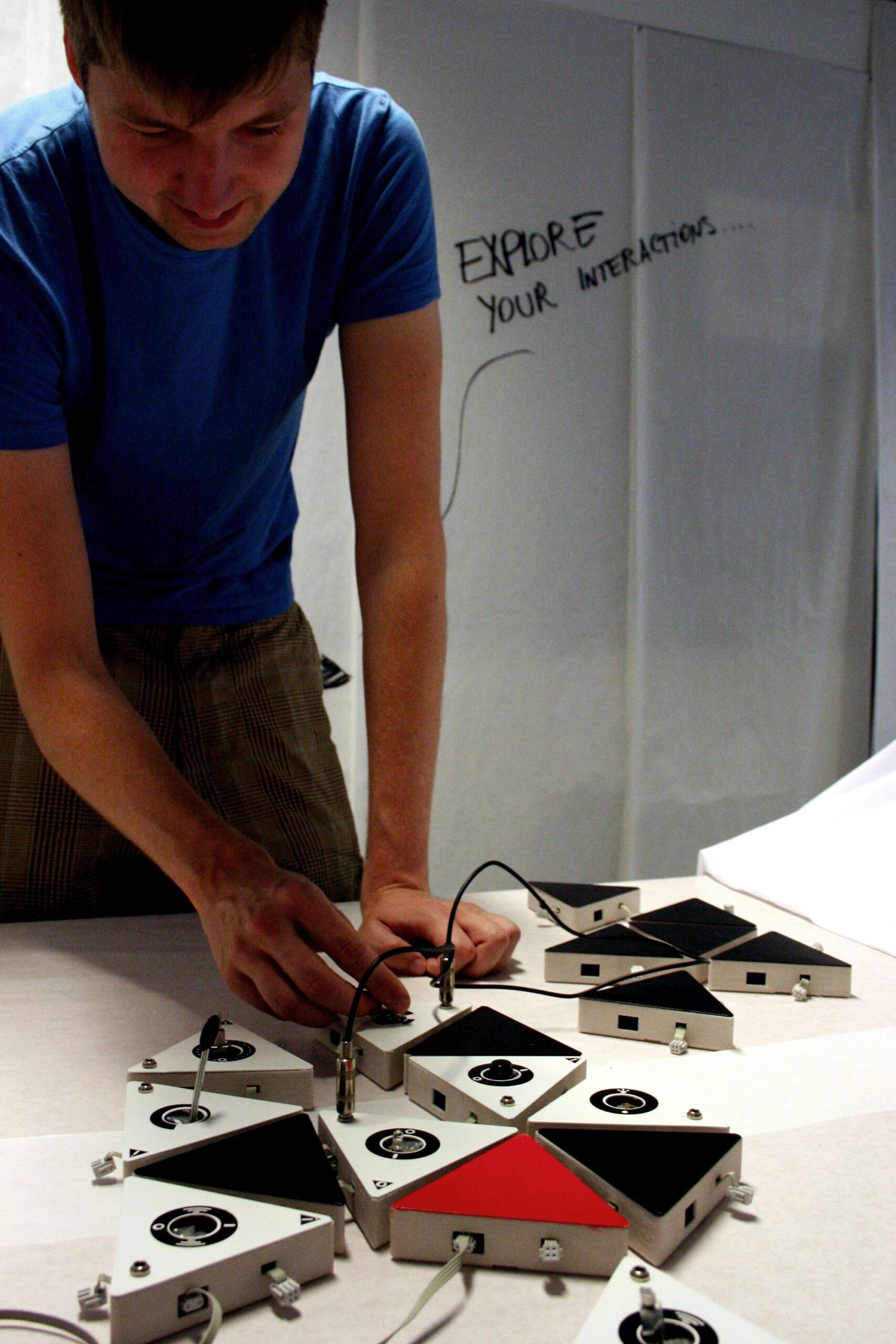
Atreyu in use, the system remembers relationships between modules
Collaborators:
Ainhoa Ostolaza
Alice Mela
Palma Fontana
Thijs Waardenburg